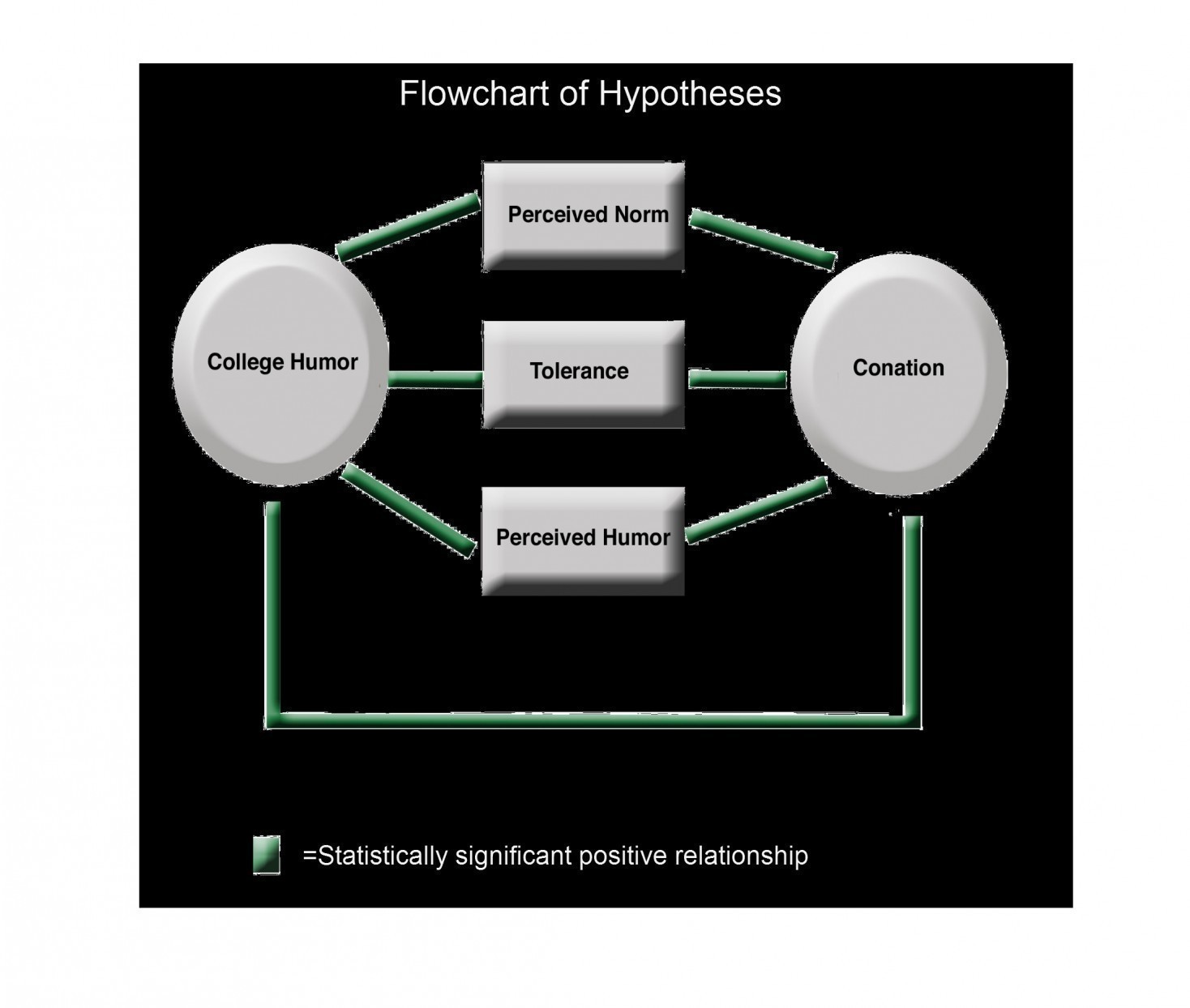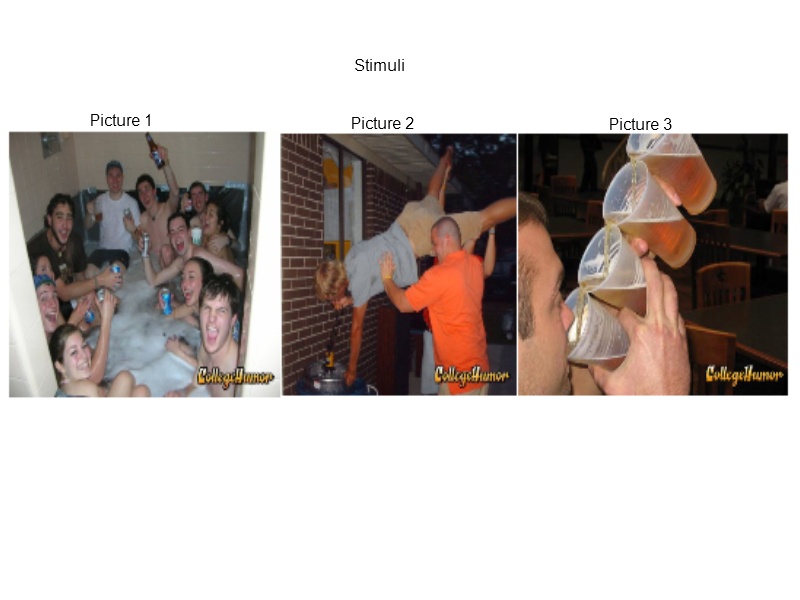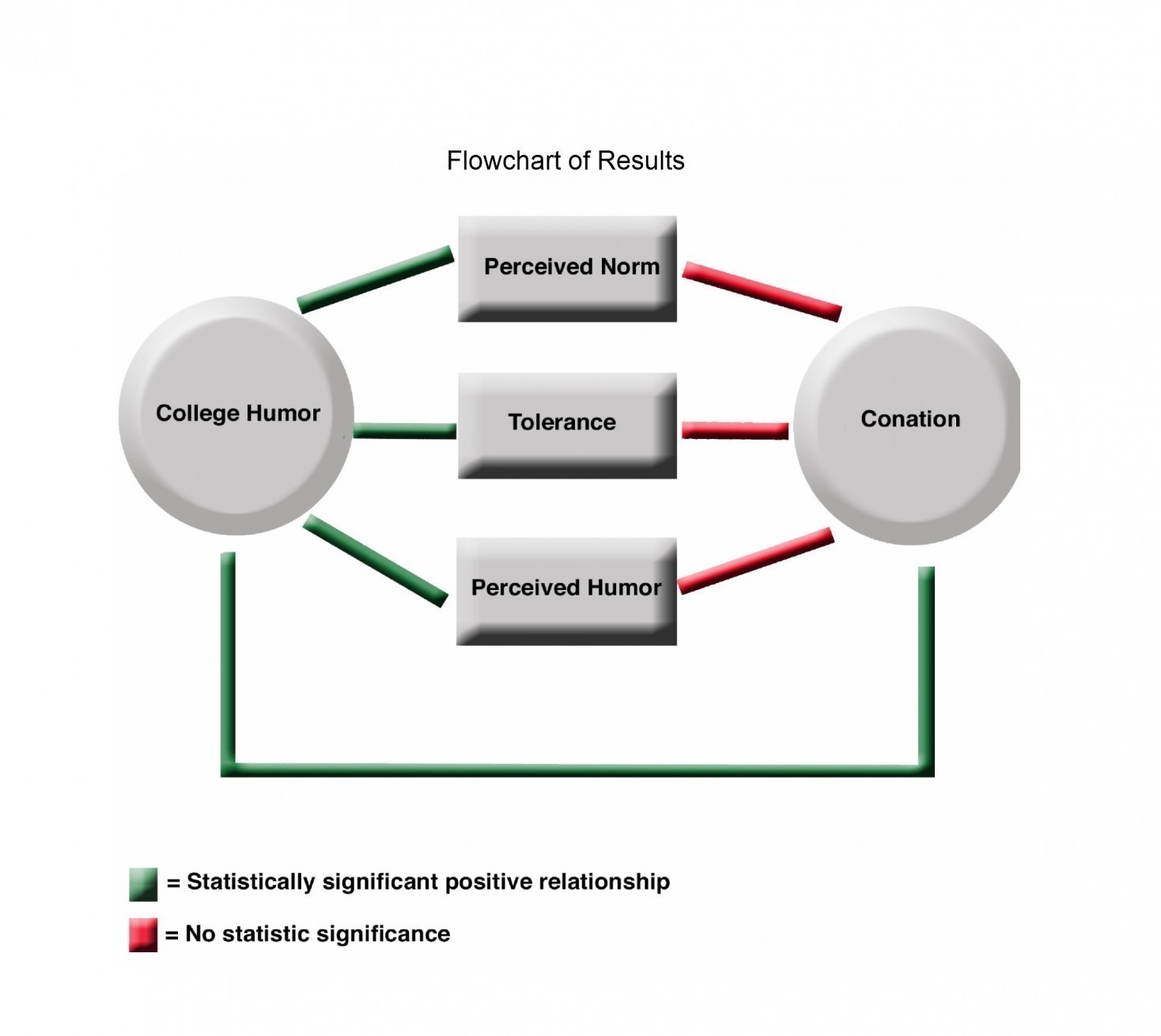Media Effects Research Lab - Research Archive
Monkey see, monkey do: Do college students model collegehumor.com?
Student Researcher(s)
Michael Albanese (B.A. Candidate);
Larene Deguzman (B.A. Candidate);
Alexandra Williott (B.A. Candidate);
Faculty Supervisor
INTRODUCTION
Through a survey, this study seeks to find the relationship between the use of a popular website, collegehumor.com and conation. To further investigate the relationship between collegehumor.com and conation, this study will look for specific mediating factors. These factors include tolerance, perceived norm, and perceived humor of three stimulus material from the website. Lastly, the study seeks to find a relationship between alcohol consumption and conation, tolerance, and perceived norm.
RESEARCH QUESTION AND HYPOTHESIS
RQ: For undergraduate students, controlling for gender, what is the relationship
between the use of CollegeHumor.com and conation, tolerance, and perceived norm of presented material?
H1: The use of CollegeHumor.com will have a positive relationship with conation.
H1a: Perceived norm of presented material will act as a mediator between the use of CollegeHumor.com and conation.
H1b: Tolerance of presented material will act as a mediator between the use of CollegeHumor.com and conation.
H1c: Perceived humor of presented material will act as a mediator between the use of CollegeHumor.com and conation.
H2: The amount of alcoholic drinks participants have will have a positive relationship between conation, tolerance, and perceived norm of presented material.

METHOD
The study was conducted at a large Northeastern University. Participants consisted of both Penn State Students and non Penn State Students. The study was conducted as a voluntary, face-to-face survey that was expected to take 10-15 minutes to complete. The survey consisted of two sections. The first section asked for a general demographic description of the participant with questions asking for the participants’ age, semester standing, and major. Then participants were asked about their general behavior regarding internet usage and drinking alcohol using a nine-point Likert scale. The second section of the survey asked participants to look at three different pictures, contained in separate folders.

Each picture was taken directly from the collegehumor.com website. They were then asked the same 10 questions for each picture. After collecting all of the responses, data was entered in JMP 5.1 manually.
RESULTS
The sample size of this study consisted of 104 people, of which there were 53 females and 48 males with two abstaining from response. The participants had a mean age of 20.66 years with a maximum of 29 years and minimum of 18 years.
Our primary hypothesis, H1, was supported by the results of a Standard Least Squares analysis. H1a, H1b, and H1c were not supported. This study was unable to find a mediator between the use of collegehumor.com and conation. Our secondary hypothesis, H2, was supported.

CONCLUSIONS
After analyzing the data it was determined that there is positive a relationship between use of collegehumor.com and conation. From our data, we can predict students’ behavioral intention from the use of collegehumor.com. The results of the data showed that while use of collegehumor.com has an effect on conation, the perception of norm, tolerance, and humor of the viewed material on the website are not mediating factors. In other words, this study was able to prove there is a positive relationship between colleghumor.com and conation but unable to determine why a person is more likely to actually model the actions viewed on the website.
For more details regarding the study contact
Dr. S. Shyam Sundar by e-mail at sss12@psu.edu or by telephone at (814) 865-2173

